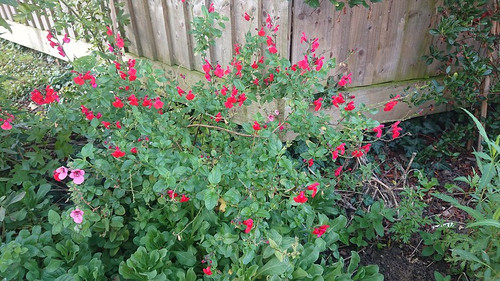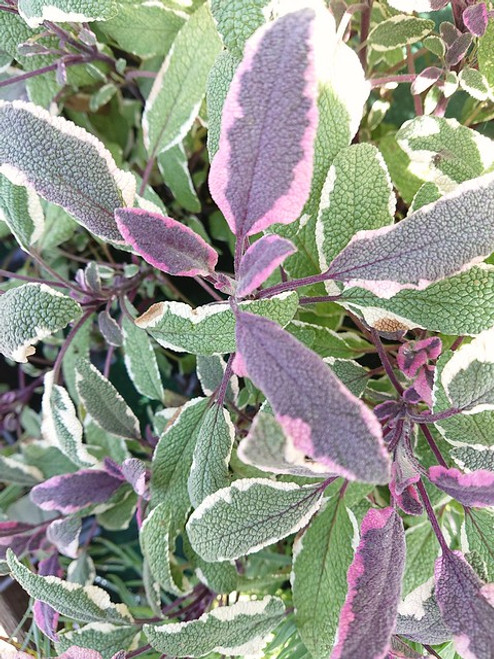Plant Overview
A British native wildflower, traditionally found in meadows, but now classified as Near Threatened due to the loss of its habitats and is protected in the wild. It grows happily in amongst grass and other meadow plants and produces flowers from May to August.
Like most native plants, it is very useful for our native pollinators and is favoured by a huge range of bees, including the Common Carder bee, the Garden bumblebee and the Blue Mason bee.
The flowers are usually blue, although occasionally can be white or light pink.
Height and Spread: 60cm x 30cm.
Common names: Meadow Clary; Meadow Sage.
The name ‘clary’ is derived from ‘clear-eye’ and the seeds were traditionally used as a paste to remove particles from the eyes and to reduce inflammation or redness (this is no longer recommended).
It had other uses, including being used as a gargle for sore throats, for cleaning teeth and as a flavouring for beers and wines.
Photo: AnRo0002, CC0, via Wikimedia Commons











